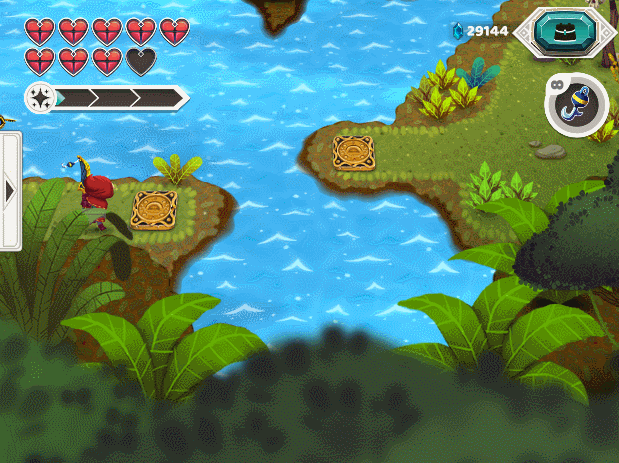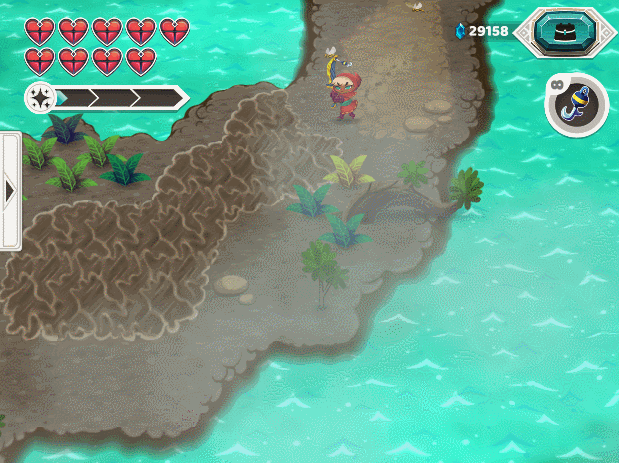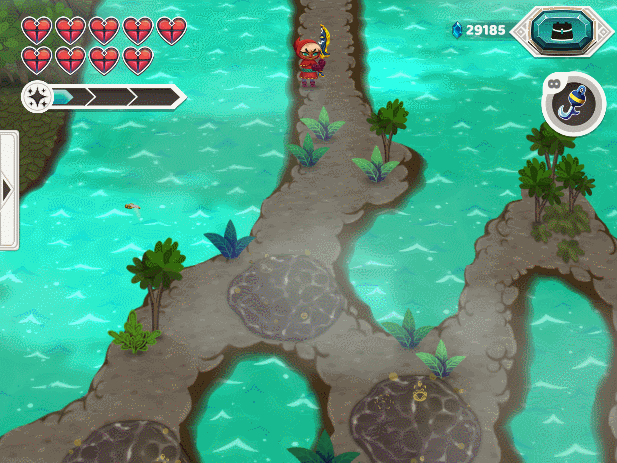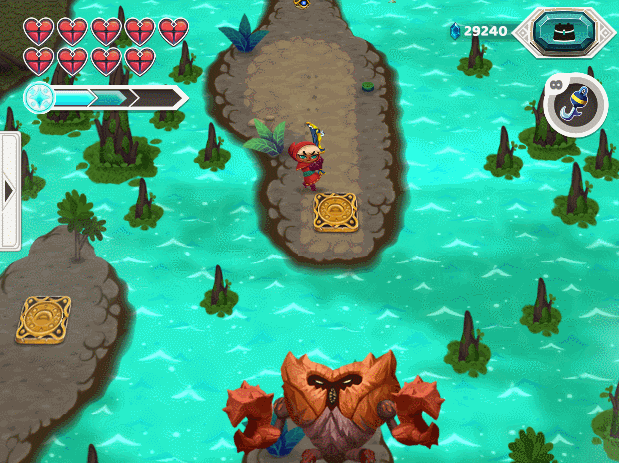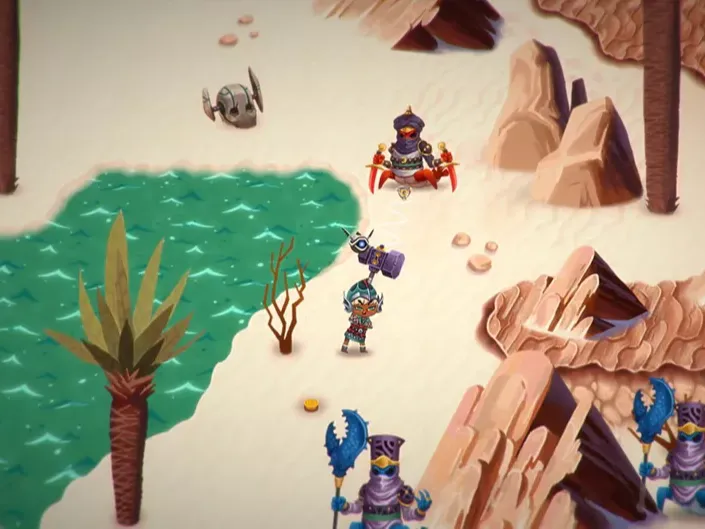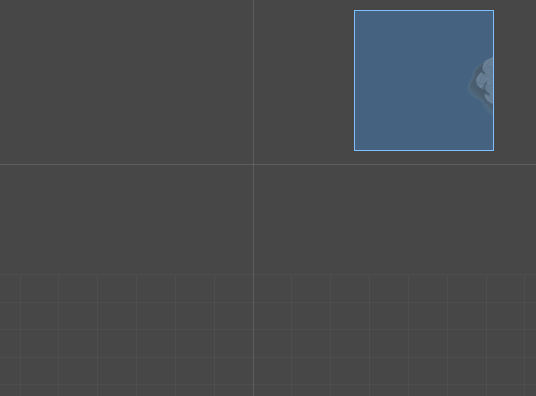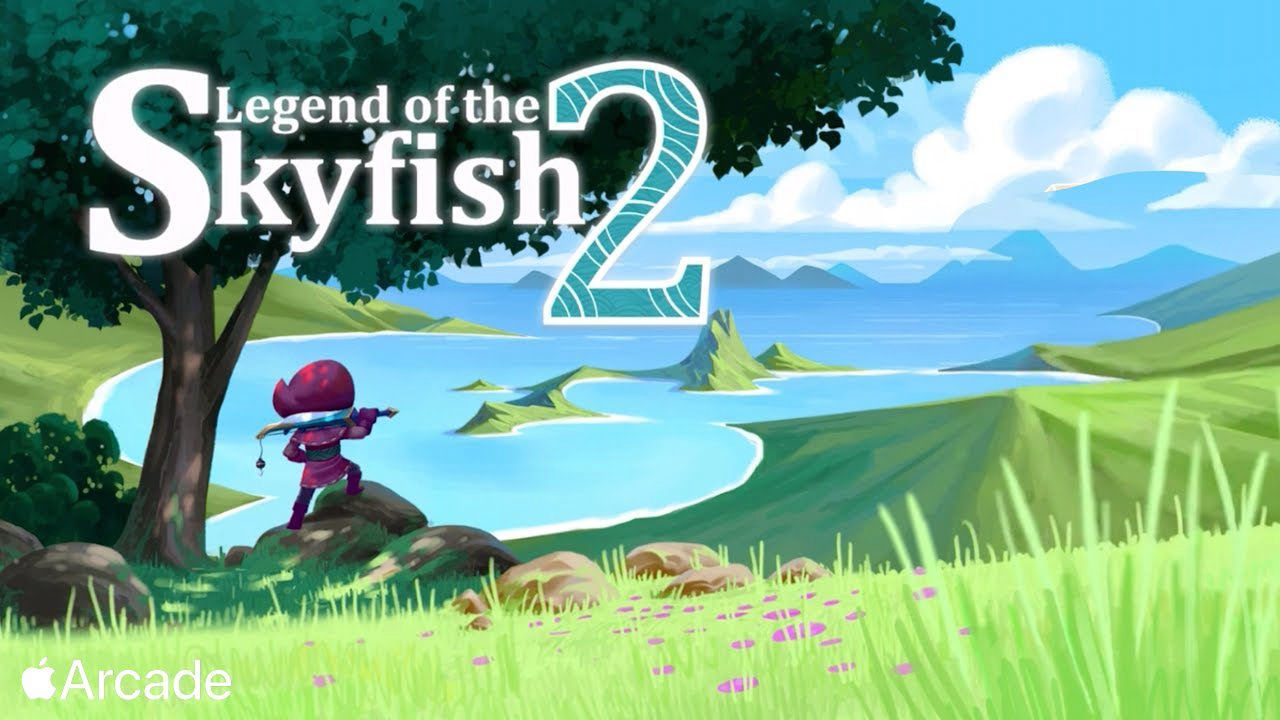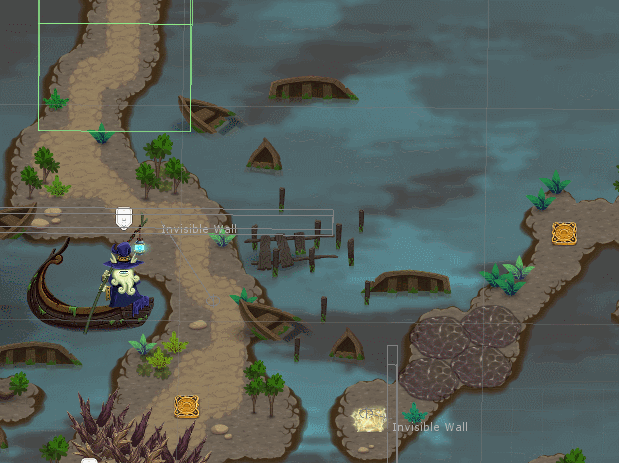
_process
this is a personal and general method to all projects involved here. designing design a level requires at least two things: the level essence and what it will require to give form to its matter.
the "raison d'être" of the level is to have a clear goal of why your are designing a specific level in a specific way. is it to explore a mechanic? is to teach a new concept? is it to design around a specific experience, as fast paced level?
when this high pitch for the level is set, comes the part of stressing the mechanics that were selected to be part of the level. to find the combinations with different elements. to see how the controllers feel when interacting with it. to find the design space for creating the level.
